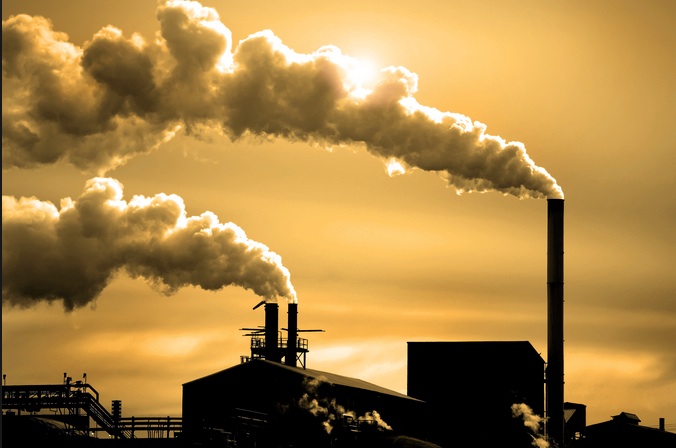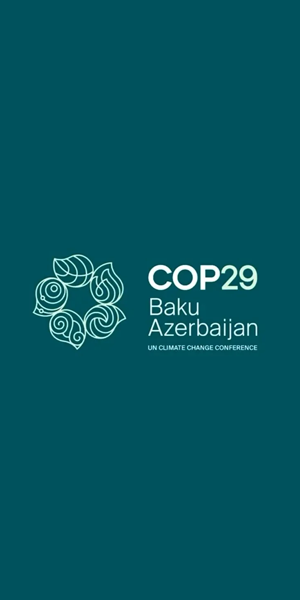
By Theophilus Ikpome
World’s biggest historical polluter, the United States of America, on Tuesday submitted its climate action plan — called Intended Nationally Determined Contribution (INDC) — to the United Nations Framework Convention on Climate Change (UNFCCC), committing to cut its greenhouse gas emissions by 26-28% below its 2005 levels by the year 2025.
With this submission, US joined Switzerland, European Union (EU), Norway and Mexico — the countries that have, so far, committed their post-2020 climate action plan.
These INDCs will form the basis of the climate talks in Paris in December when the countries are expected to come out with a global climate deal.
These submissions have now turned the focus on China and India. Though China had indicated its broader plan in November last year when it talked about peaking its greenhouse gas emissions and peak its emissions around 2030 and to make best efforts to peak early, and to increase its share of non-fossil energy consumption to around 20% by 2030.
Rich European nation Switzerland was the first country that submitted its INDC to the UNFCCC. It was followed by EU, Norway and Mexico (the first developing country to do so).
The Paris agreement will come into effect in 2020, empowering all countries to act to prevent average global temperatures rising above 2 degrees Celsius and to reap the many opportunities that arise from a necessary global transformation to clean and sustainable development.
Christiana Figueres, Executive Secretary of the UNFCCC is encouraging countries to come forward with their INDCs as soon as they are able, underlining their commitment and support towards this successful outcome in Paris. Governments agreed to submit their INDCs in advance of Paris.
Developed countries are expected to do so as soon as possible and more, bigger developing countries are also likely to submit their INDCs well in advance. All information such as documentation on designing and preparing INDCs as well as on sources of support for INDC preparation, is available here.
Countries have agreed that there will be no back-tracking in these national climate plans, meaning that the level of ambition to reduce emissions will increase over time.











Comments 1